Archaeological Institute of America
Deadline: November 1, 2025
Announced: By March 1
Amount: up to $5,000
Purpose: The Boochever Endowment supports both fieldwork and laboratory research informed by new technologies. While the fund’s primary purpose is to help defray the start-up costs of new projects, archaeologists exploring innovative applications of new technologies in any stage of their work are welcome to apply. Projects proposed by archaeologists who are at an early stage in their careers (within 8 years of receipt of the PhD) will be given priority.
Projects may concern any location in the world and any time period, but must be designed to address significant questions about the human past through the use of state-of-the-art technology, understood broadly to include not only digital tools and approaches, but also those developed in engineering, chemistry, biology, physics, etc. The best proposals will make use of emerging or experimental technologies, or will apply existing technologies to archaeological research in new ways. The fund will support research activities such as regional or site survey, geophysical prospection, remote sensing, exploratory excavations in both terrestrial and maritime contexts, or innovative laboratory analyses.
Requirements:
Review the Follow-Up Check List for previous winners.
The AIA welcomes applicants of all backgrounds and is committed to equal opportunity for all. Under no circumstances will the AIA discriminate against qualified individuals on the basis of race, color, religious creed, retaliation, national origin, ancestry, sexual orientation, gender, disability, mental illness, genetics, marital status, age, veteran status, or any other basis prohibited under applicable law.
As part of the Archaeological Institute of America’s ongoing commitment to fieldwork and families, reasonable line items for the care of dependent and elderly family members are allowable expenses for AIA grants, fellowships, and scholarships.
Proposals will be reviewed according to the following criteria (roughly in this order of importance):
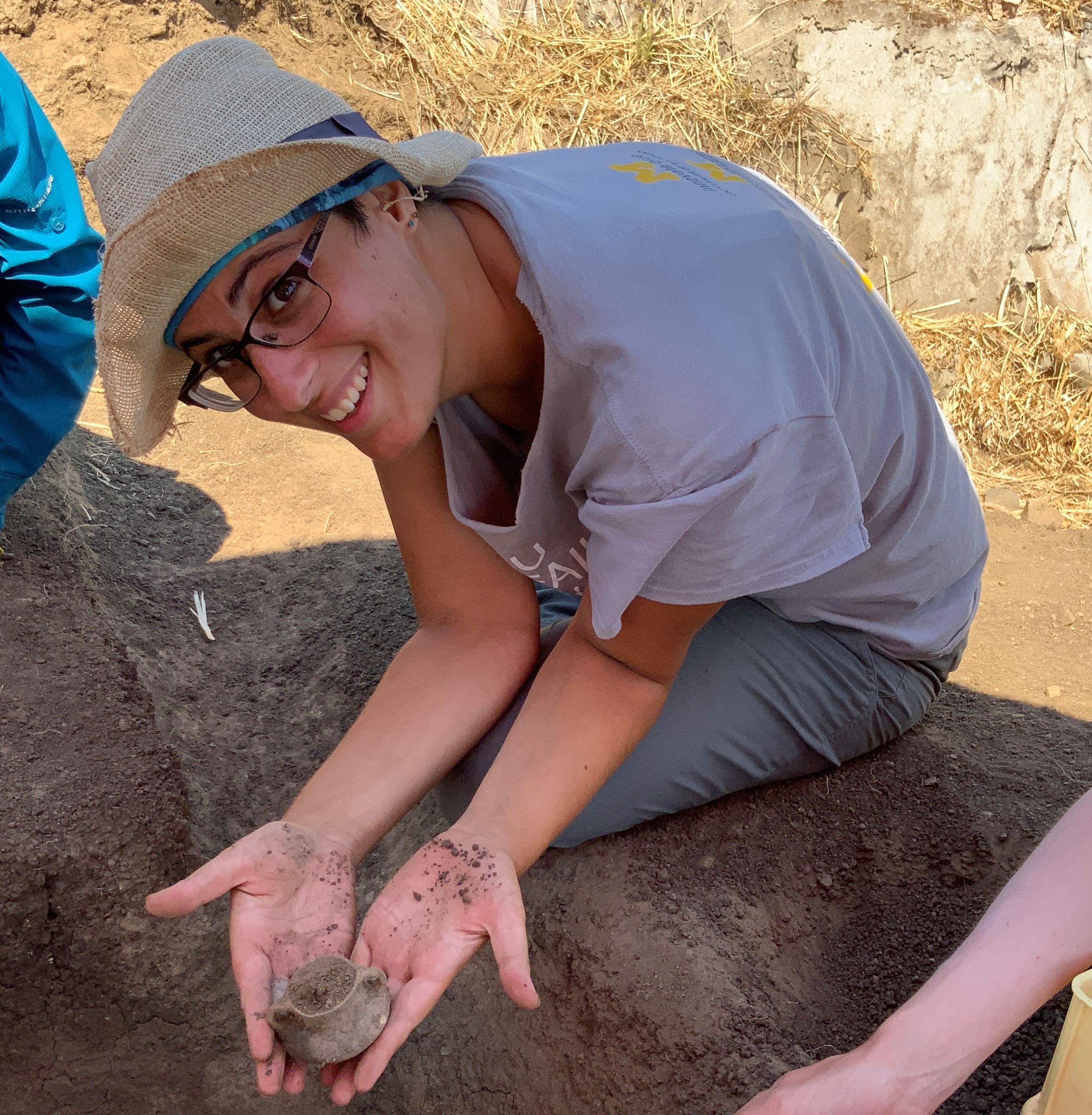
2025
University of North Carolina at Chapel Hill
With funding from the Kathleen and David Boochever Endowment for Fieldwork and Scientific Analyses, Dr. Sheira Cohen seeks to better understand the pastoral communities of Pre-Roman Italy. Her project, “Shepherds at the Crossroads: Stable Isotope Analysis and Seasonal Mobility at Frosinone, Italy,” will utilize biochemical analysis of the teeth of ancient humans from central Italy to map the journeys that individuals took during their lifetimes. Studying these movements, such as shepherding livestock to greener pastures each summer or moving to another region entirely, will provide a glimpse into how ordinary people responded to both their economic realities and their settled, urban neighbors. Until now, the pastoral economy and the movement of pastoralists have remained an enigma in early Italian studies due to limited archaeological evidence. Dr. Cohen’s project will breakdown the long-held distinctions between mobile and sedentary ways of life while demonstrating how the constant relatively small moves across the landscape that characterized pre-Roman Italy’s economy played an important role in connecting nearby communities.
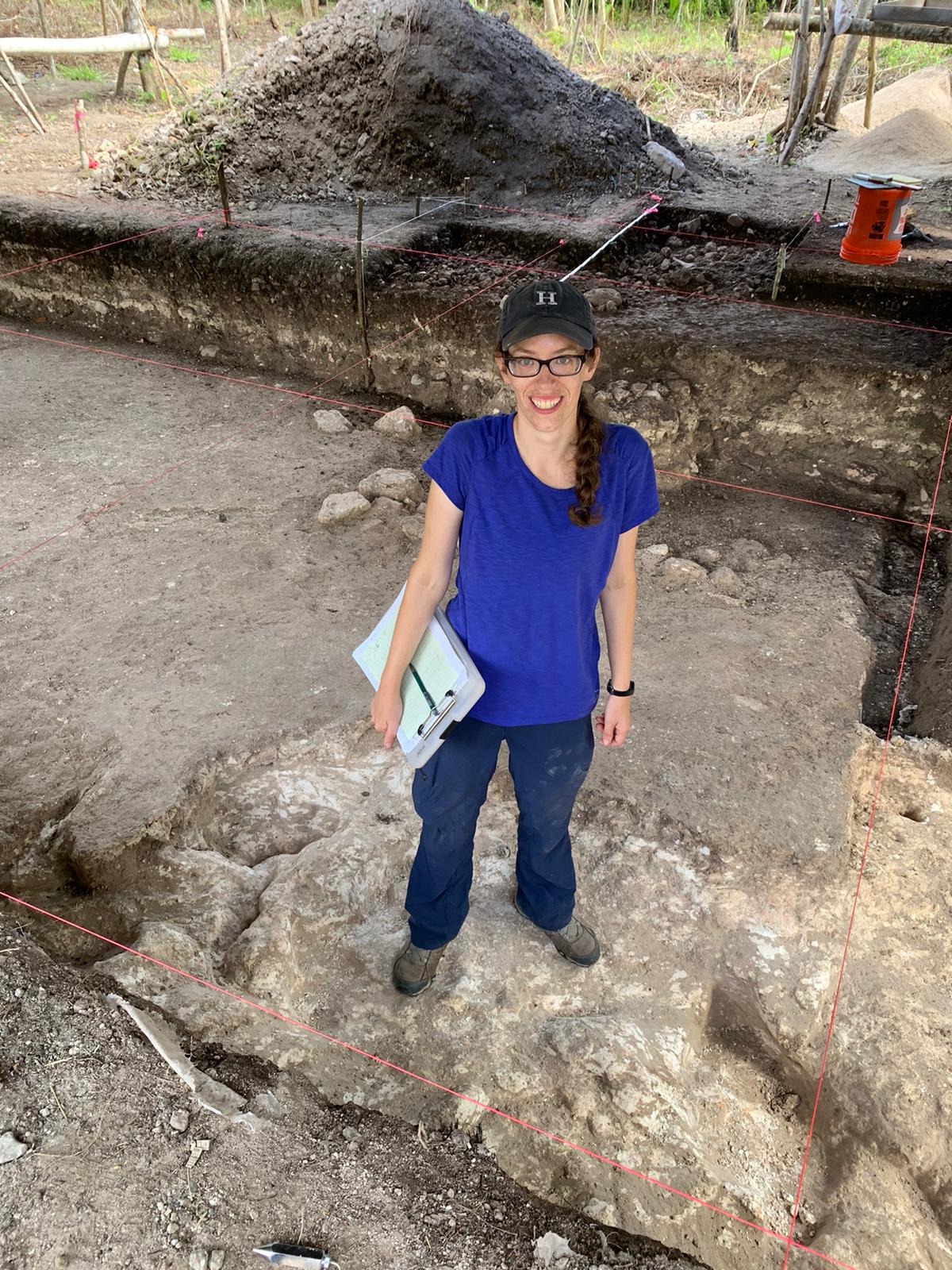
2024
Washington State University
How did chert lithic resources circulate in the lowland Maya region? Dr. Rachel Horowitz (Washington State University) will use a 2024 grant from the AIA’s Kathleen and David Boochever Endowment Fund for Fieldwork and Scientific Analyses to find the answer at El Perú-Waka’ in Guatemala, one of the most densely populated sites in the ancient Maya lowlands. Horowitz and her colleagues will examine a collection of previously unanalyzed chert artifacts from fifteen years of excavations at the site that will offer a new perspective of ancient Maya trade networks and stone economies. The project will use detailed analysis and chemical sourcing of chert stone tools, including Laser Ablation Inductively Coupled Plasma Mass Spectrometry, to trace the chert from its extraction through production, exchange, use, and eventual discard. This novel approach to tool analysis will provide new evidence about chert tool production and trade in the region, as well as illuminate how ancestral Maya stone trade economies functioned.
2023
University of Haifa
Isaac Ogloblin-Ramirez will use the Kathleen and David Boochever Endowment Fund for Fieldwork and Scientific Analyses to fund his research with The Early Occupation of Sicily (EOS). The EOS project will investigate the now submerged landscape that humans must have crossed when coming to the Island during the Last Glacial Maximum. The team of geo-archaeologists will explore underwater caves and will use geo-archaeological and classical archaeological techniques to reconstruct how humans lived and moved across these coastal environments in prehistory. EOS will produce unique new data on human movements, occupation, and interactions with Island environments at the onset of the “Anthropocene.” The project presents a uniquely innovative approach to investigating submerged prehistoric multi-stratified sites. The successful application of these techniques will open a new area of research not just for underwater archaeology, but for marine sciences in general. Additionally, the identification and documentation of underwater and partially submerged sites is essential to counteract the loss of archaeological deposits due to sea erosion and climate induced sea level rises. Critically EOS will work closely with the Italian Coast Guards, local stakeholders, recreational divers, and fisherman to carry out public outreach and public training programs to promote preservation of this unique cultural heritage.
2022
University of California - Los Angeles
Vanessa Muros used The Kathleen and David Boochever Endowment Fund for Fieldwork and Scientific Analyses to fund her research at the Ancient Methone Archaeological Project in Greece. The project investigated the efficacy of two low-tech methods, UV Induced Visible Fluorescence (UVIVF) examination and the Raspail microchemical test for plant terpenoids, to identify organic residues in archaeological ceramics excavated from Ancient Methone (Pieria, Greece). The two techniques were tested on laboratory made ceramic tiles coated with four organic materials, three plant resins and a wax, that have been previously identified in archaeological ceramics from northern Greece and the north Aegean. The results of the experiments on both unaged and aged coatings will then be used to test vessels with visible residue or staining excavated from Ancient Methone. These techniques could be used on their own to characterize traces of organic residues in pottery or incorporated into a larger residue analysis project to help reduce the number of vessels needed for sampling or narrow the focus of the investigations.
2021
Harvard University (Beth Israel Deaconess Medical Center, Harvard Medical School)
Katherine D. van Schaik used The Kathleen and David Boochever Endowment Fund for Fieldwork and Scientific Analyses to fund her research at London and Bournemouth, UK. The project investigated bone lesion formation on using samples obtained from 32 skeletons from the 18th-19th century British Royal Navy, and integrated epigenetic data, advanced imaging analysis of fracture patterns and bone integrity, and traditional osteological analysis to identify the epigenetic mechanisms that underlie heterogeneity in frailty and selective mortality, specifically those associated with fractures and bone repair. The project was the first to bring together these modalities into one study. Findings provided explanations for heterogeneity in frailty with regard to bone structure and integrity and a model for how such work might be conducted with reference to other bone lesions.
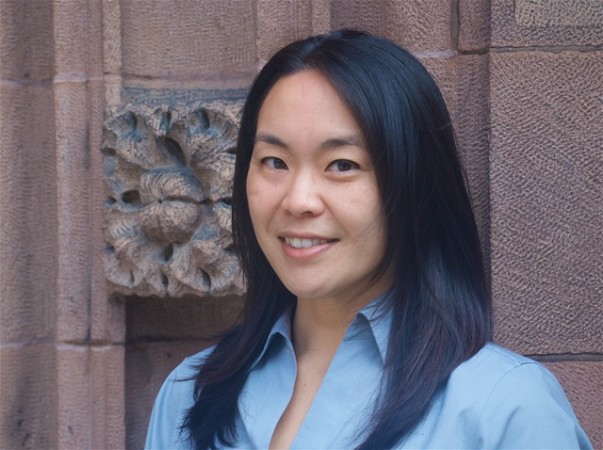
2020
Princeton University
Caroline Cheung used The Kathleen and David Boochever Endowment Fund for Fieldwork and Scientific Analyses to fund her research at Pompeii, Ostia, Morgantina, and Cosa in Italy. The project examined ceramic storage vessels, many of which feature ancient repairs executed in metal. The study employed gas chromatography-mass spectrometry (GCMS) to identify organic residues and inductively coupled plasma mass spectrometry (ICP-MS) to identify metals in these storage vessels. Results helped researchers understand that these vessels contained, whether certain buildings such as shops used these pots for specific goods, whether there was mixed storage, and whether these vessels contained different contents during their use or were reused. Identifying the metals led the team to understand the value of the vessels and repairs, the processes in forming the repairs, and potentially the identity of the mender.
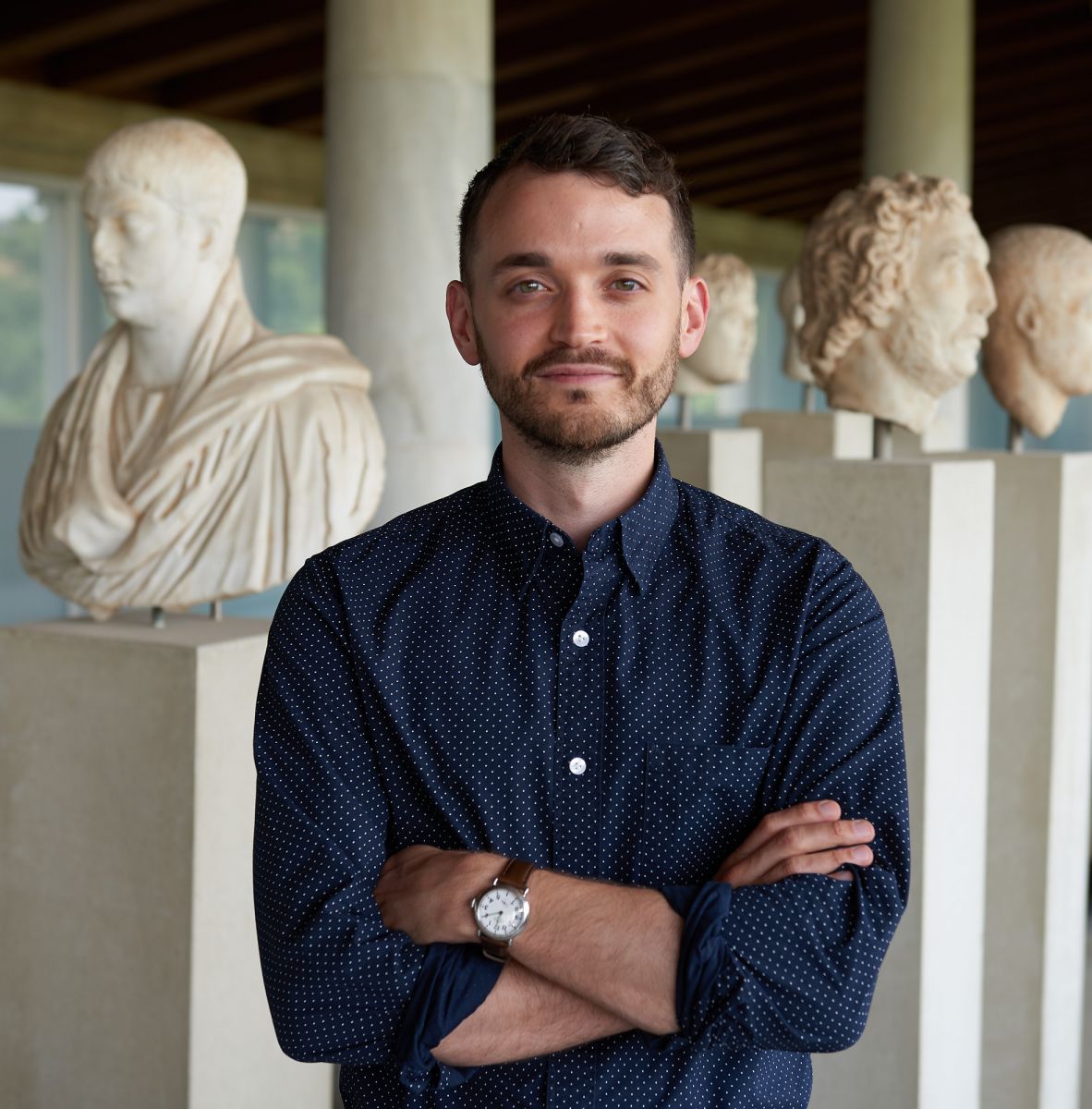
2019
Metropolitan Museum of Art
Brian Martens used The Kathleen and David Boochever Endowment Fund for Fieldwork and Scientific Analyses to fund his research at the Athenian Agora in Athens, Greece. The project used innovative scientific techniques to trace the sources of marble used by sculptors at Roman Athens. Archaeometric analyses (electron paramagnetic resonance spectroscopy, stable isotope analysis, and X-ray diffraction) of samples from thirty-eight statuettes from the Agora were conducted. Documenting the sources of marbles used at Athens offers the possibility to reconstruct trade networks, and in turn produce a fuller panorama of the making and diffusion of art throughout the Roman-period Mediterranean basin.
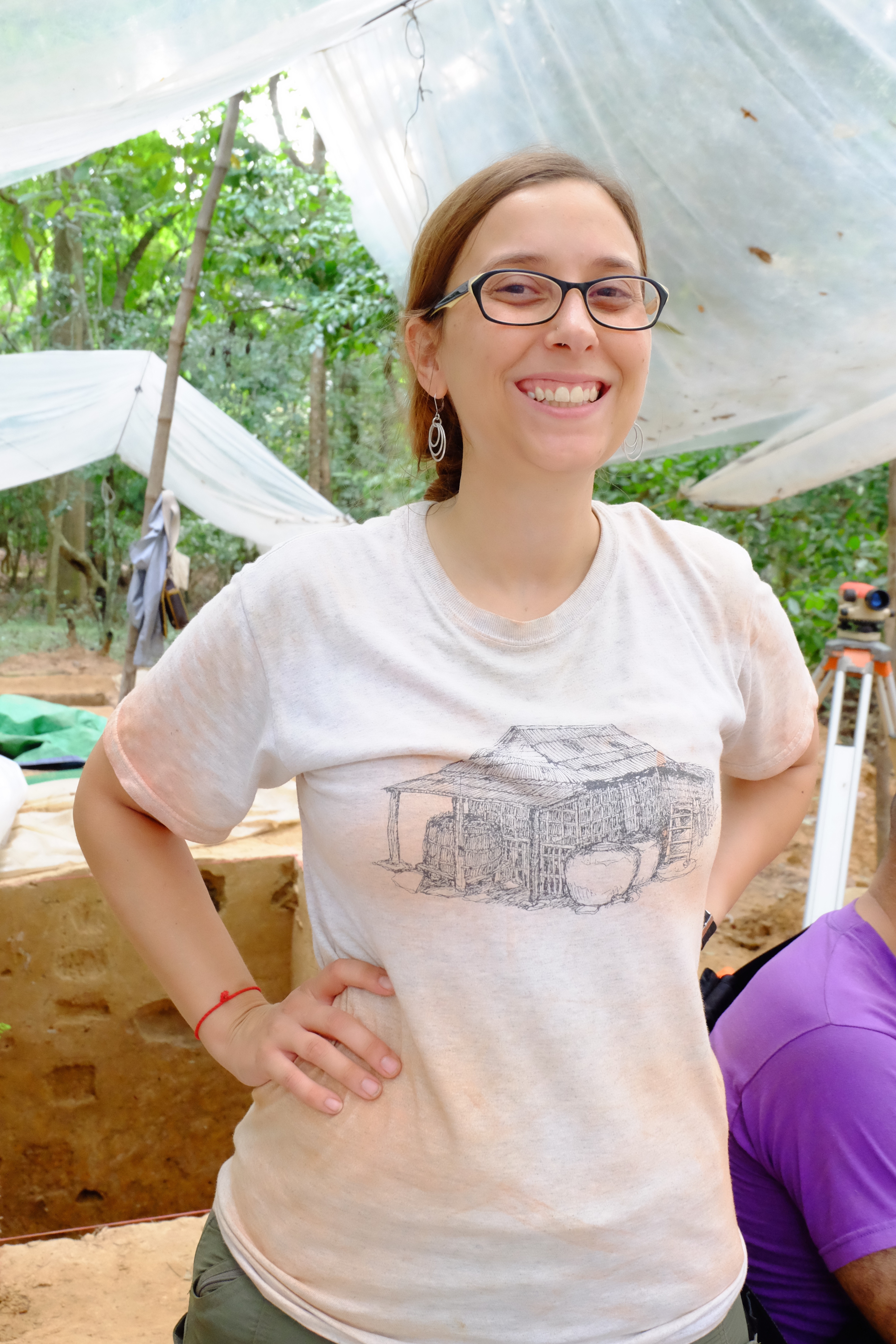
2018
University of Oregon
Alison Carter used The Kathleen and David Boochever Endowment Fund for Fieldwork and Scientific Analyses to fund her research at Angkor Wat, Cambodia. The project sought to identify an ideal method for undertaking soil chemistry analysis on occupation surfaces. Using a pXRF, in situ soil samples were taken and exported for analysis using ICP-OES and pXRF in a controlled laboratory setting. These different methods were compared to identify the most accurate measurement of elements in anthropogenic soils that can then inform researchers about potential activity areas on the house mound. The study aimed to provide a controlled comparison of different soil chemistry methods while also expanding our understanding of the daily lives of Angkorians.
Notifications